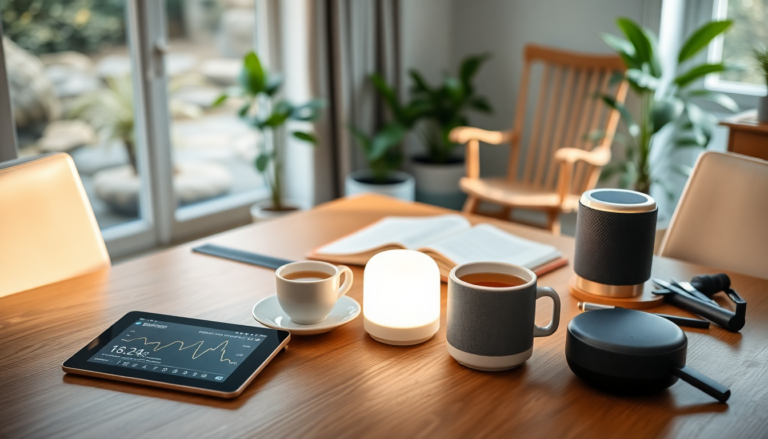Argomenti trattati
As our population ages, the blend of technology and elder care has become crucial, making AgeTech a key player in this evolving landscape. This innovative sector includes a variety of tools designed to enhance the lives of older adults, from health monitoring devices to AI-driven applications. But while the potential benefits are vast, we can’t ignore the pressing issues of privacy and data protection. Navigating this complex terrain is essential for anyone looking to bridge the gap between innovation and accountability.
Market Overview and Growth Potential
The AgeTech sector is experiencing a remarkable surge in investment, fueled by the rising demand for solutions that empower older adults. With technologies like fall detection wearables, remote health monitoring systems, and AI-assisted caregiving tools, AgeTech is transforming how we approach elder care. The increase in well-funded startups highlights the urgency of addressing the needs of an aging population, especially as the workforce shrinks in comparison to those in need of care.
Recent analyses show that the market isn’t just expanding; it’s evolving towards a more data-driven framework. Companies are harnessing the power of AI to provide personalized services that promise to enhance independence for seniors while alleviating some of the burdens on caregivers. However, this rapid advancement raises the critical need for solid privacy protections, as many of these technologies currently operate outside established health privacy laws like HIPAA.
Investors, governments, and advocates are closely watching the implications of these technologies on the economy and the overall caregiving landscape. As the market continues to grow, so too does the importance of understanding the ethical and regulatory frameworks necessary to protect both consumers and providers.
Technological Innovations and Their Impact
AgeTech products serve a variety of functions, primarily divided into clinical and consumer-facing applications. Clinical tools focus on real-time health monitoring and data collection, while consumer products aim to enhance safety, independence, and quality of life for older adults in their homes. This dual approach showcases the versatility of AgeTech, which includes smart home technologies, health monitoring apps, and AI-driven assistance.
However, the integration of AI into these technologies brings up important questions about transparency and user consent. Many tools do not clearly explain how AI interprets data or how personal information is used to enhance algorithms. This lack of clarity can lead to confusion and erode trust, particularly among older adults who may be less familiar with these technologies.
Moreover, the regulatory landscape for AgeTech is complex and often inconsistent. Many products find themselves in gray areas where they might not be covered by federal health privacy laws, leaving protections reliant on state regulations. As states roll out new consumer health privacy laws, the landscape continues to shift, necessitating careful navigation by both developers and users.
Privacy Considerations and Future Directions
With the growth of AgeTech, privacy concerns must be prioritized to ensure that older adults and their caregivers can trust these systems. The dynamics between caregivers and older adults are often fluid and informal, yet many technologies assume a static access model. This mismatch can create barriers to effective use and acceptance of AgeTech.
To cultivate a responsible AgeTech ecosystem, stakeholders must prioritize privacy as a fundamental element rather than merely relying on user consent. This shift calls for innovative strategies that align privacy protections with the realities of caregiving. For instance, products should offer flexible access controls that adapt to evolving caregiving relationships.
As the AgeTech market matures, emphasizing ethical AI practices will be vital. Privacy professionals and policymakers need to collaborate to establish clear guidelines that define acceptable uses of sensitive data, ensuring that older adults maintain control over their information. The ultimate goal is to create a framework that not only fosters innovation but also safeguards the rights and privacy of users.

